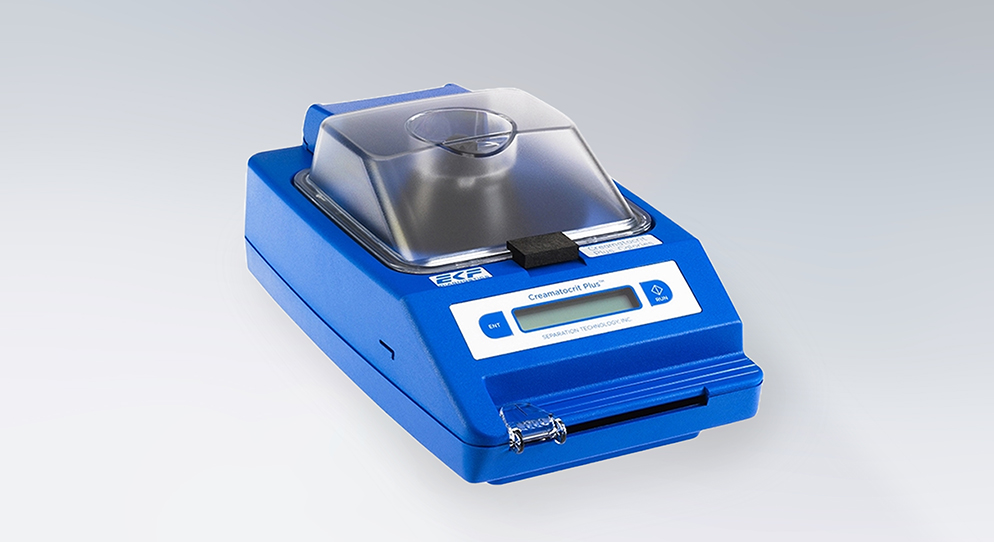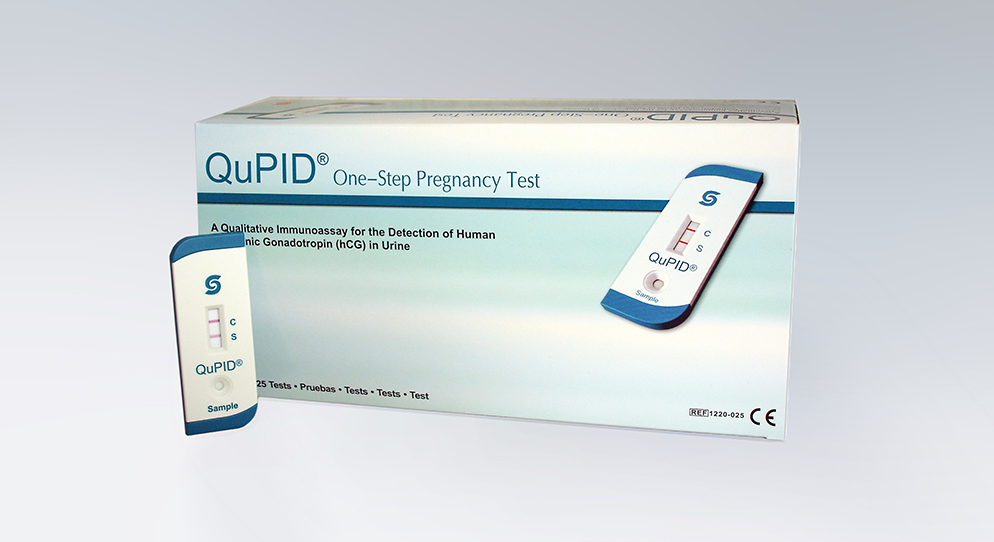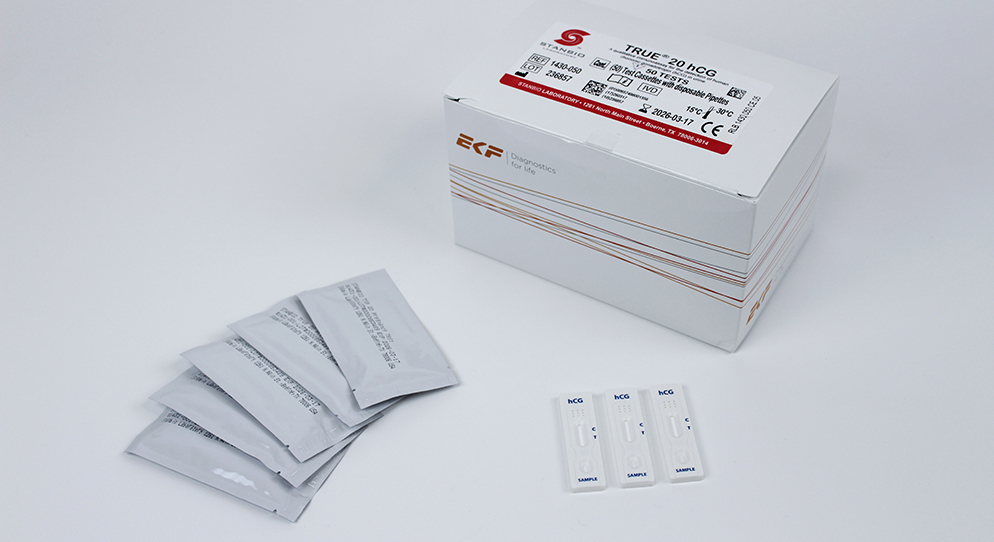Understanding Creamatocrit
Understanding Creamatocrit, a method for measuring the lipid content in breast milk, can provide valuable insights into the nutritional quality of a mother’s milk, supporting better feeding decisions for infants, particularly those with specific health needs. This guide delves into the importance of measuring lipids and calories in breast milk and offers practical strategies for ensuring infants receive the best possible nutrition.
Breast milk is widely recognized as the best source of nutrition for infants, with numerous studies highlighting its critical role in promoting healthy growth and development. According to the World Health Organization (WHO), exclusive breastfeeding for the first six months of an infant’s life offers numerous health benefits, including protection against gastrointestinal infections and support for optimal growth and development.[1]

Importance of Measuring Lipids and Calories in Breast Milk
Understanding the fat and caloric content of breast milk is beneficial for both mothers and healthcare professionals. Creamatocrit is a quick and reliable method to measure the lipid content in breast milk. It involves placing a small sample of milk in a capillary tube and centrifuging it to separate the fat (cream) from the aqueous (water) portion. The percentage of cream is then converted into an estimate of lipid and caloric content.
For mothers, particularly those with premature infants, understanding the nutritional value of their milk can be reassuring. It allows them to advocate for proper supplementation if necessary. If an infant is not gaining weight adequately, testing the milk’s caloric content can help guide feeding strategies. In clinical settings, measuring milk composition helps ensure optimal nutrition for infants, particularly those in neonatal intensive care units (NICUs).
Strategies to Increase Fat Content in Breast Milk
The fat content in breast milk varies throughout the day and even within a single pumping session. Understanding the difference between foremilk and hindmilk can help ensure the baby receives higher-fat milk.
- Foremilk: The initial milk released during feeding or pumping is mostly water with proteins and other nutrients but is lower in fat.
- Hindmilk: The milk expressed later in a session contains higher fat content and more calories.[2]
Mothers producing higher milk volumes are associated with lower fat content. For example, a study found that the fat content of milk was independent of breastfeeding frequency.[3] In such cases, separating and prioritizing hindmilk feeding can help improve infant growth.
Methods for Collecting High-Fat Milk
- Track Milk Production Per Breast: Knowing the volume expressed per session can help guide separation techniques.
- Fractionation Process:
- Pump milk and discard or store the first one-third as foremilk.
- Continue pumping and collect the remaining milk as hindmilk.
- Feed hindmilk to the baby for higher caloric intake.
Fat Testing in Breast Milk
A creamatocrit analyzer can determine the precise fat and calorie content of breast milk. Since human milk typically contains about 20 calories per ounce, but varies throughout the day, testing samples collected at different times can provide a more accurate picture of nutritional quality.
Special Considerations for Infants with Specific Needs
Some infants, such as those with chylothorax, require fat-free milk. Chylothorax is a condition where lymphatic fluid (chyle) accumulates in the pleural cavity around the lungs, leading to breathing difficulties and potential malnutrition. In infants, chylothorax may require dietary adjustments, including a fat-free or low-fat diet, to prevent further complications.[4] In such cases:
- Breast milk can be processed using a cold centrifuge to separate and remove the fat.
- A creamatocrit analyzer can confirm that the skim milk meets the required caloric levels while still providing essential immunological and nutritional benefits.
Frequency of Testing
The necessity for testing varies by situation. For general breastfeeding support, a single test may be sufficient to reassure the mother of her milk’s quality. In NICU settings, Breast milk may need to be tested multiple times throughout a 24-hour period to ensure optimal nutrition for premature or medically fragile infants.
Summary
Point-of-care diagnostics, such as creamatocrit analysis, play a crucial role in optimizing infant nutrition and supporting breastfeeding mothers. By utilizing these tools, clinicians and lactation consultants can ensure that infants receive the best possible nutrition, promoting healthier early development and growth. For those seeking to improve infant feeding outcomes, integrating fat and caloric content testing into care practices can make a significant difference in the quality of nutrition provided.
Sources:
[1] World Health Organization. (n.d.). Exclusive breastfeeding. World Health Organization. Retrieved March 25, 2025, from https://www.who.int
[2] Nwafor, P. A., & Wodajo, B. H. (2023). The impact of fat content on milk volume and infant growth. International Breastfeeding Journal, 18, 9. Retrieved March 25, 2025, from https://internationalbreastfeedingjournal.biomedcentral.com
[3] American Academy of Pediatrics. (2006). Volume and frequency of breastfeedings and fat content. Pediatrics, 117(3), e387-e394. Retrieved March 25, 2025, from https://publications.aap.org
[4] Children’s Hospital of Philadelphia. (n.d.). Chylothorax. Children’s Hospital of Philadelphia. Retrieved March 25, 2025, from https://www.chop.edu
NOTE: this guide is for information purposes only, and is not intended for use in patient diagnostics, screening, monitoring, or for making treatment decisions.







